Innovative dual-diploma initiative in collaboration with Shenzhen institution offers students a competitive edge in the GBA
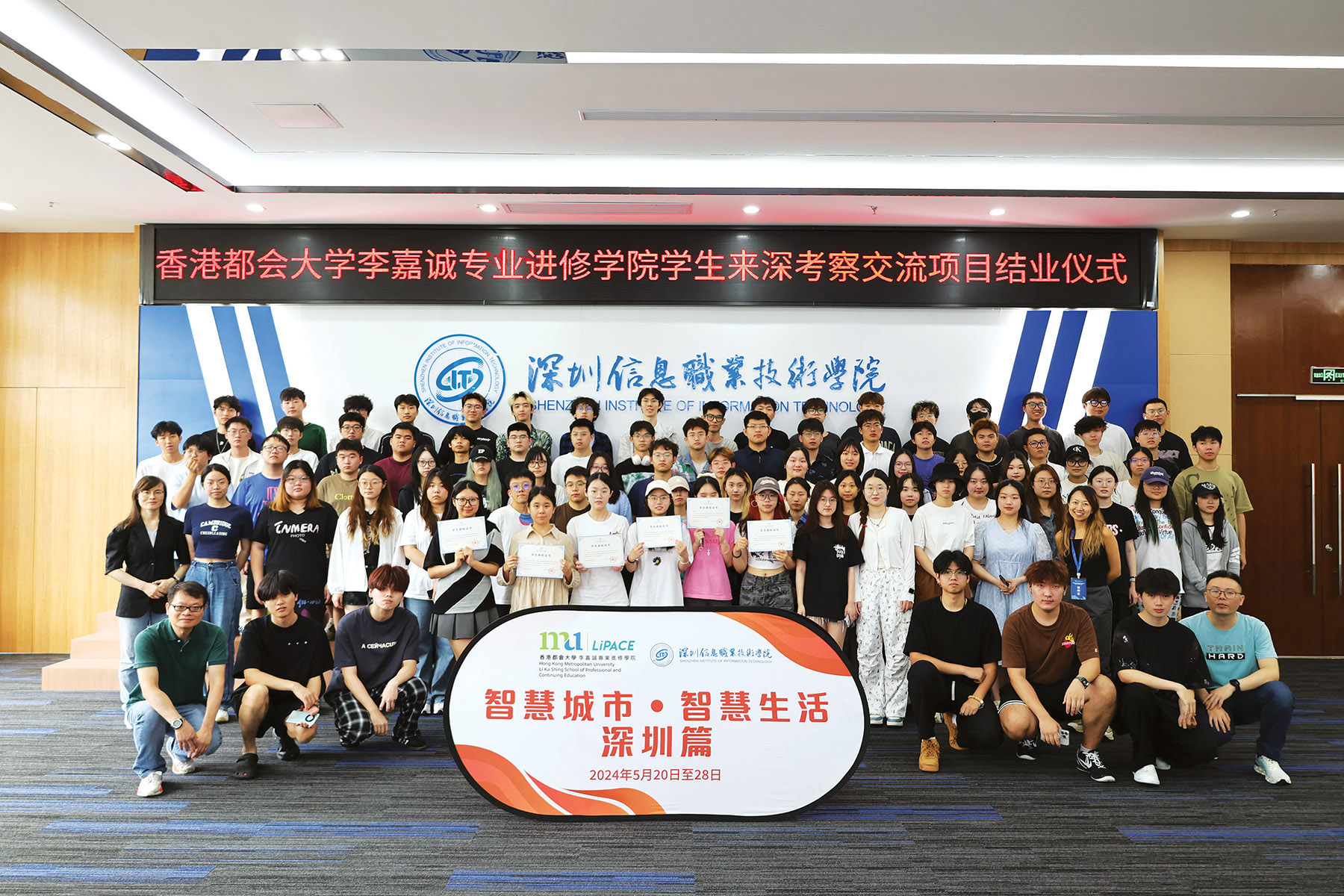
Over the last year, Hong Kong Metropolitan University Li Ka Shing School of Professional and Continuing Education (HKMU LiPACE) has become the second home for 17 students from the Shenzhen Institute of Information Technology (SZIIT).
They arrived at HKMU’s Kwai Hing campus in September 2023 and immediately began their studies in tourism and hospitality courses. Next year, they will graduate with two separate diplomas each from both SZIIT and HKMU, completing their three-year educational journey.
We want to encourage young people to think about their goals and plan their careers.
Benjamin Chan Tak-yuen, dean of HKMU LiPACE
With these dual qualifications, students can apply for academic degree programs in reputable universities on the Chinese mainland, in the Hong Kong Special Administrative Region, and overseas, according to Benjamin Chan Tak-yuen, dean of HKMU LiPACE.
The dual-diploma program is designed to enhance students’ potential and job market competitiveness. Compared with traditional programs focusing on sole subject majors, the collaborative initiative launched by LiPACE and SZIIT equips students with a diverse skillset, and more choices for further study.
The cross-boundary program, a pioneering educational model, connects institutions in the Hong Kong SAR and the mainland cities of Guangdong-Hong Kong-Macao Greater Bay Area.
It begins with one year of business English courses at SZIIT, followed by one and a half years at HKMU LiPACE, majoring in tourism and hospitality studies.
Finally, students complete a six-month internship in Shenzhen.
The program aligns with Hong Kong Chief Executive John Lee Ka-chiu’s proposal in his latest Policy Address to expand the city’s vocational talent pool and enhance mutual recognition of sub-degree-level qualifications, including the higher diploma quali¬fication, matching the mainland’s postsecondary specialized college diploma standards.
SZIIT is a leading mainland higher vocational institution, with particular strength in software engineering, offering 50 majors related to information technology, communications technology and other areas. It was one of the first 197 schools involved in the High Level Higher Vocational School and Disciplinary Development Plan with Chinese Characteristics — known as the Double High Levels Plan — released by the education and finance ministries in 2019.
LiPACE, on the other hand, specializes in vocational professional education and training (VPET), providing 15 higher diploma programs in healthcare, design, tourism, and engineering. LiPACE has extensive collaborations with mainland higher vocational institutions and is a member of the World Federation of Colleges and Polytechnics.
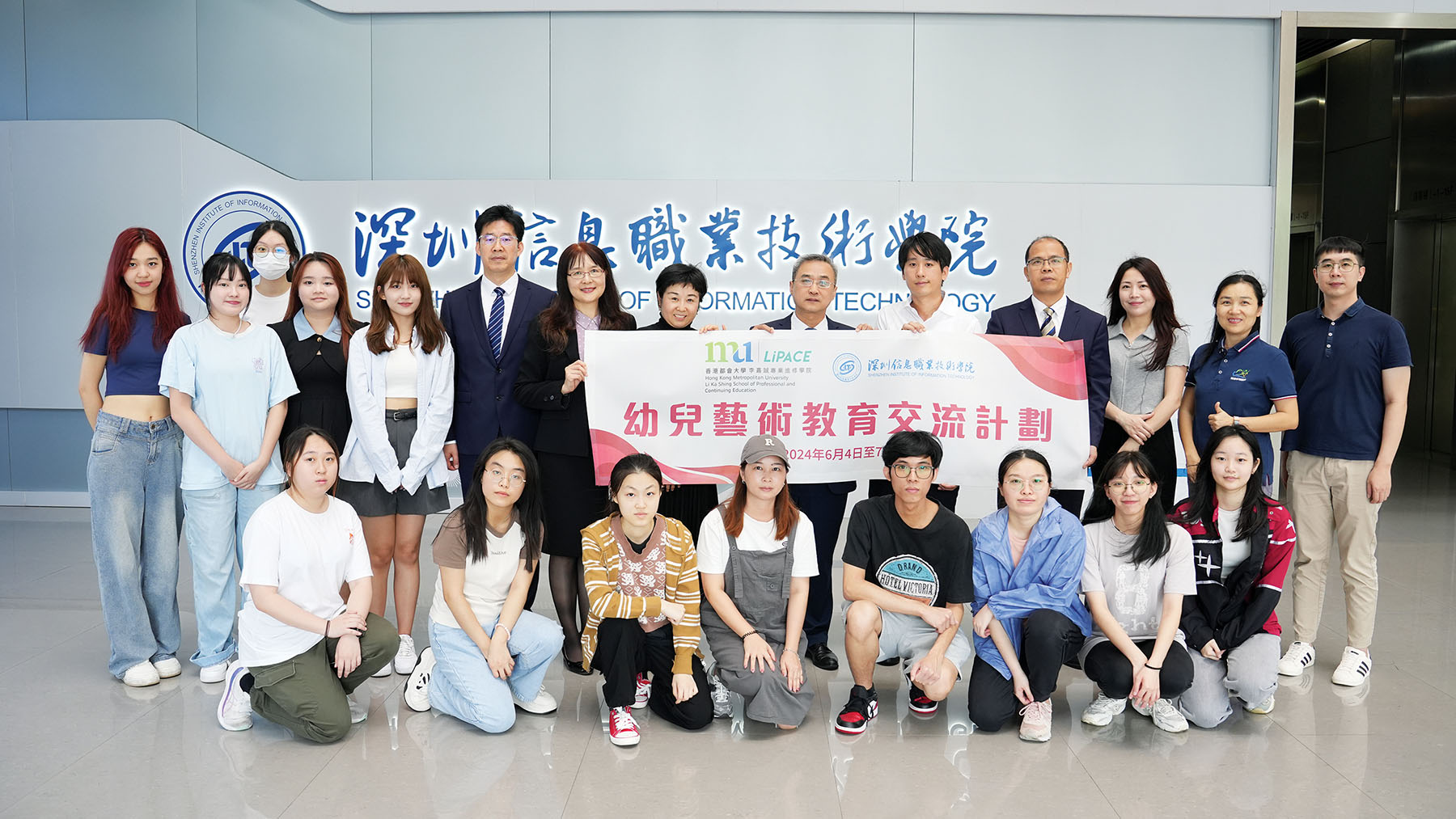
Dean Chan believes that LiPACE’s cooperation with higher vocational colleges in the mainland makes it a perfect fit to capitalize on each other’s strengths.
LiPACE’s campus, located in the Kowloon Commerce Centre, a Grade A commercial building in Kwai Hing, is exquisitely designed to deliver quality VPET to students, says Cheung Tao, senior lecturer and head of mainland development in LiPACE.
“Mainland students are exposed to various kinds of experiences during their one and a half year of study in Hong Kong,” Cheung said. The teaching and learning modes in Hong Kong differ from those on the mainland, requiring students to plan their studies more autonomously, she said.
SZIIT students attended classes together with local students, which allows students from both places to frequently communicate through group discussions and deepen mutual understanding.
“Under this arrangement, some mainland students have found that they can have more room to play to their strengths,” Cheung said.
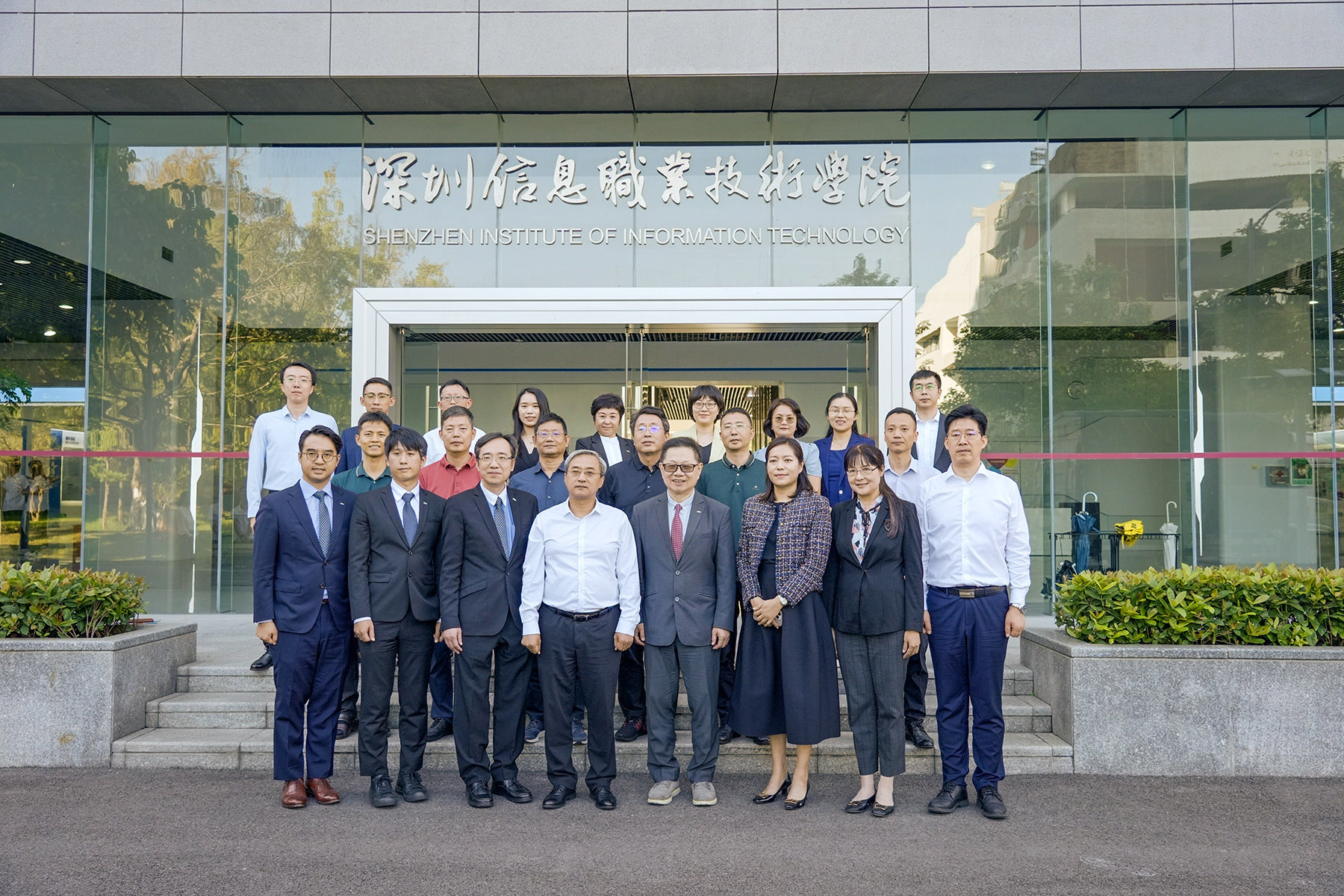
Around the Mid-Autumn Festival, which usually falls in September or October, LiPACE arranges for mainland students to visit a community museum to learn about Tai Hang Fire Dragon — an intangible cultural heritage in Hong Kong. Such cultural immersion helps mainland students view Hong Kong’s cultural depth beyond its reputation as a tourist and shopping destination.
One of LiPACE’s educational features is that of “internationalization at home”, Chan pointed out, adding that the school brings together students from various cultural backgrounds, including many from South Asian ethnicities. Such a diverse student body of locals, those from the mainland, and ethnic minorities represents a microcosm of the larger society, creating a rich training ground for intercultural awareness and learning about inclusion.
“When the ethnic minority students see mainland students wearing Hanfu — the traditional Chinese attire of the Han ethnic group, they enthusiastically want to try it, which is a natural way of appreciating beauty across cultures and which will eventually lead to mutual acceptance or inclusion,” Chan noted.
Cheung acknowledged the language barrier for mainland students, as courses in Hong Kong are primarily in English. However, she observes that the adaptation phase did not take long, and mainland students will be supported by a native English-speaking teacher who offers additional workshops.
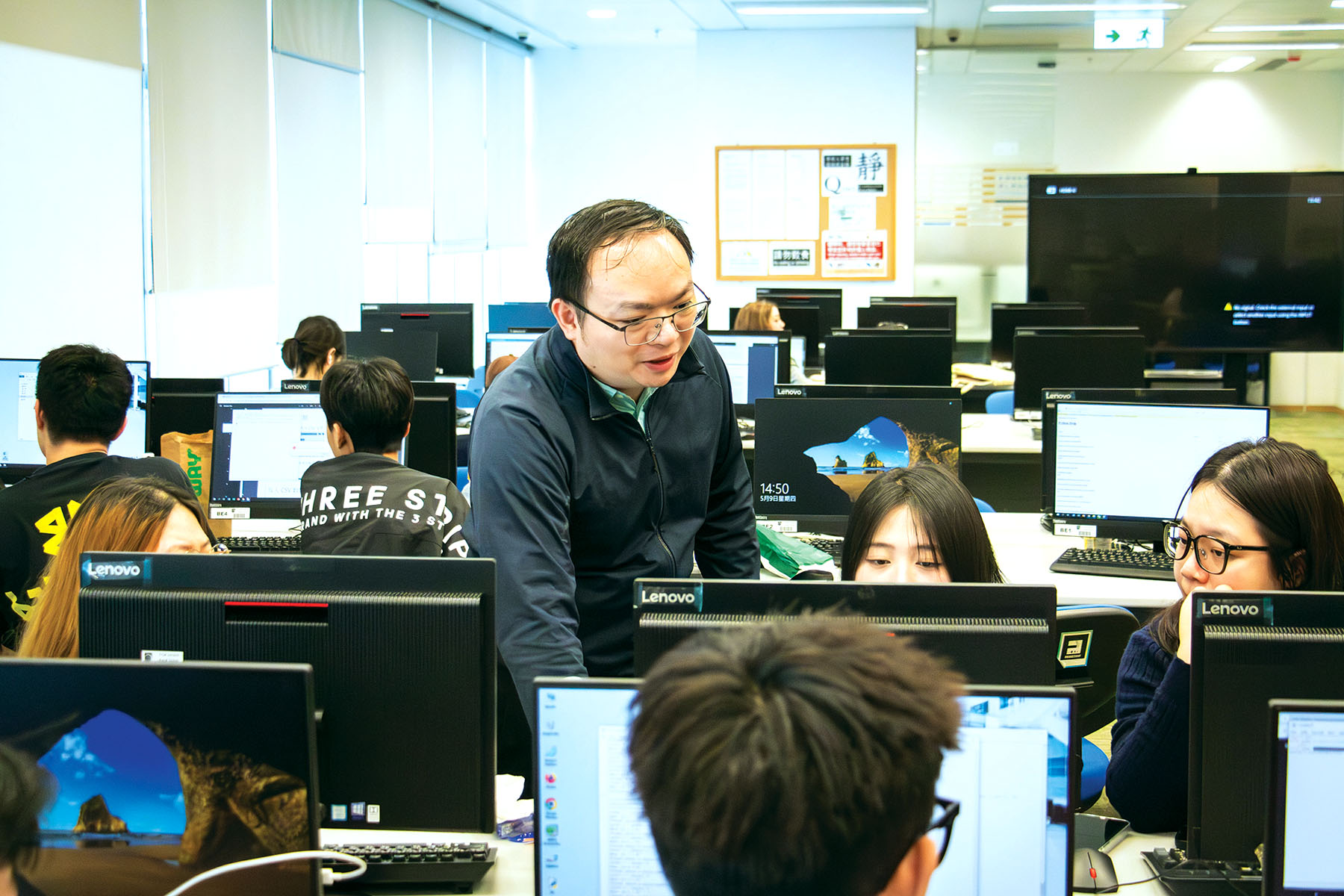
Students’ English proficiency is evaluated at admission, and they are also encouraged to enhance their English skills during their first-year study in Shenzhen, Cheung said.
Teachers in Hong Kong have also tried their best to speak more Putonghua — standard Mandarin — to facilitate communication with mainland students, she added.
The first batch of students enrolled in the cross-boundary program in September 2022 are scheduled to graduate in 2025, while the second cohort will arrive in the SAR in September.
Dean Chan indicated that, once matured, the program may expand its intake while maintaining a small-cohort size for quality education.
LiPACE allows students residing in Shenzhen to attend four-day-week classes in Hong Kong to ease commuting.
Chan is upbeat about the prospect of bidirectional exchanges. Hong Kong students also can study on the mainland as part of the cross-boundary collaboration. LiPACE and SZIIT have inked an articulation agreement which allows for graduates of the early childhood education (ECE) program to take relevant courses at SZIIT.
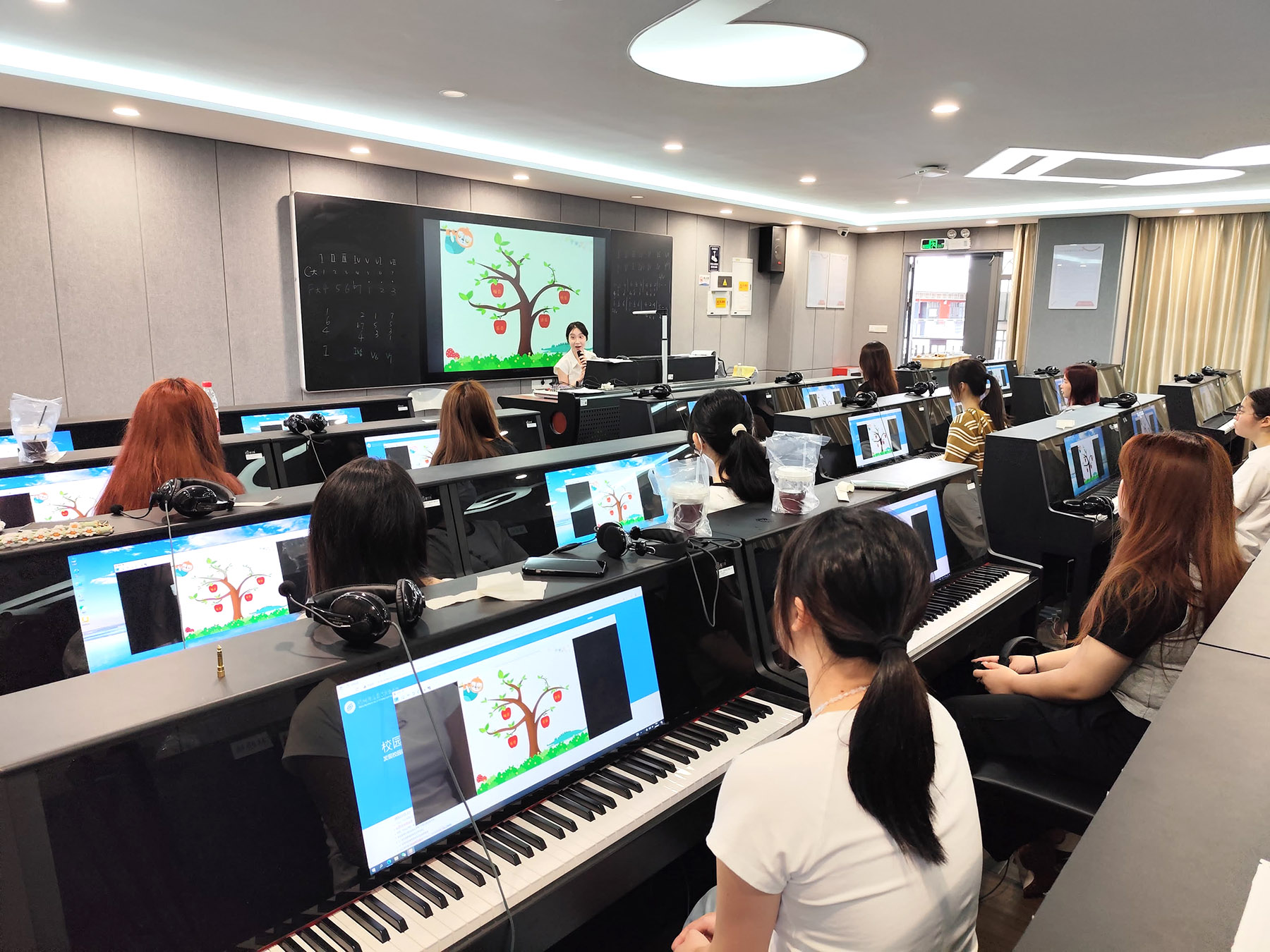
Chan said choosing ECE as the subject of cooperation is a decision made with careful consideration.
Hong Kong’s fertility rate is on the decline, and the number of kindergartens has decreased, which may adversely affect graduates’ career prospects. On the other hand, with more Hong Kong residents moving to GBA mainland cities to work and start their families, Hong Kong-style kindergartens may spring up on the mainland, creating new positions for Hong Kong graduates, the dean explained.
According to the Outline Development Plan for the Guangdong-Hong Kong-Macao Greater Bay Area, published by the central government in February 2019, the authorities of Guangdong, Hong Kong and Macao are encouraged to roll out measures to facilitate Hong Kong teachers to obtain teaching qualifications and employment opportunities on the mainland.
“After obtaining the mainland’s professional qualifications, students with dual qualifications are undoubtedly more competitive,” Chan said, adding that the collaboration aims to encourage students to step out of their comfort zone to explore a variety of learning experiences.
“We want to encourage young people to think about their goals and plan their careers,” he said.
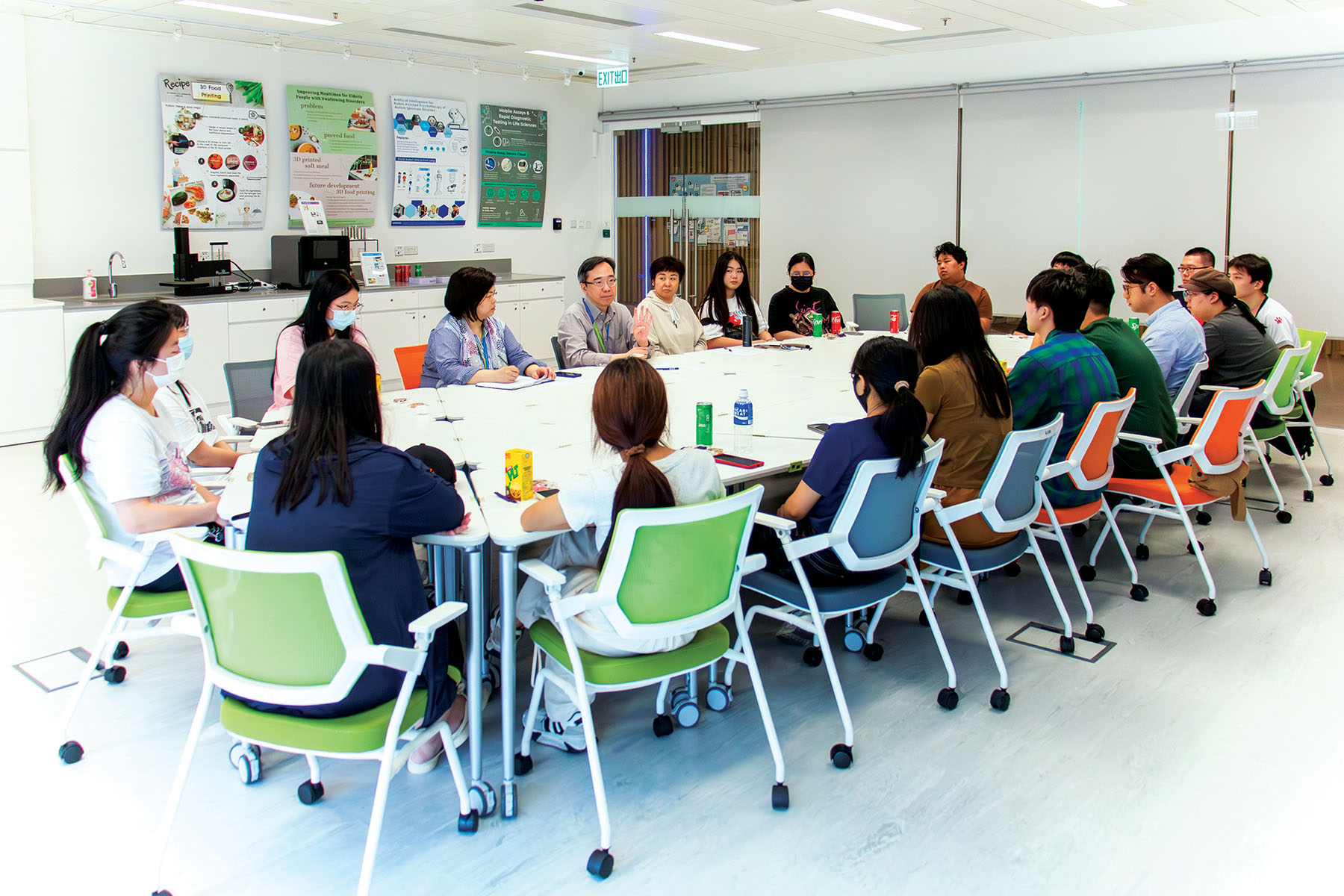
As the training methods of kindergarten teachers on the mainland and Hong Kong differ, LiPACE plans to bring students to SZIIT during the summer vacation to help them gain firsthand experiences.
The collaboration extends beyond student exchanges. To promote staff exchanges, LiPACE has invited senior teachers from SZIIT’s School of Software Engineering to teach a general education course titled “AI: The Universal Language of the Future World” to students majoring in business administration and management (BAM), passing on cutting-edge knowledge on AI, big data, blockchain, and other digital technologies.
This marks the first time that teachers from tertiary institutions in GBA mainland cities have taught students at higher vocational institutions in Hong Kong.
In late May this year, BAM students also visited the SZIIT campus and several advanced technology enterprises in Shenzhen. Chan said the broadened scope for exchanges has set the stage for even more frequent cooperation in the future.
Based in Hong Kong, a city that serves as a superconnector between China and the world, LiPACE is also sharing internationalization activities with mainland partners, benefiting mainland students and broadening their horizons.
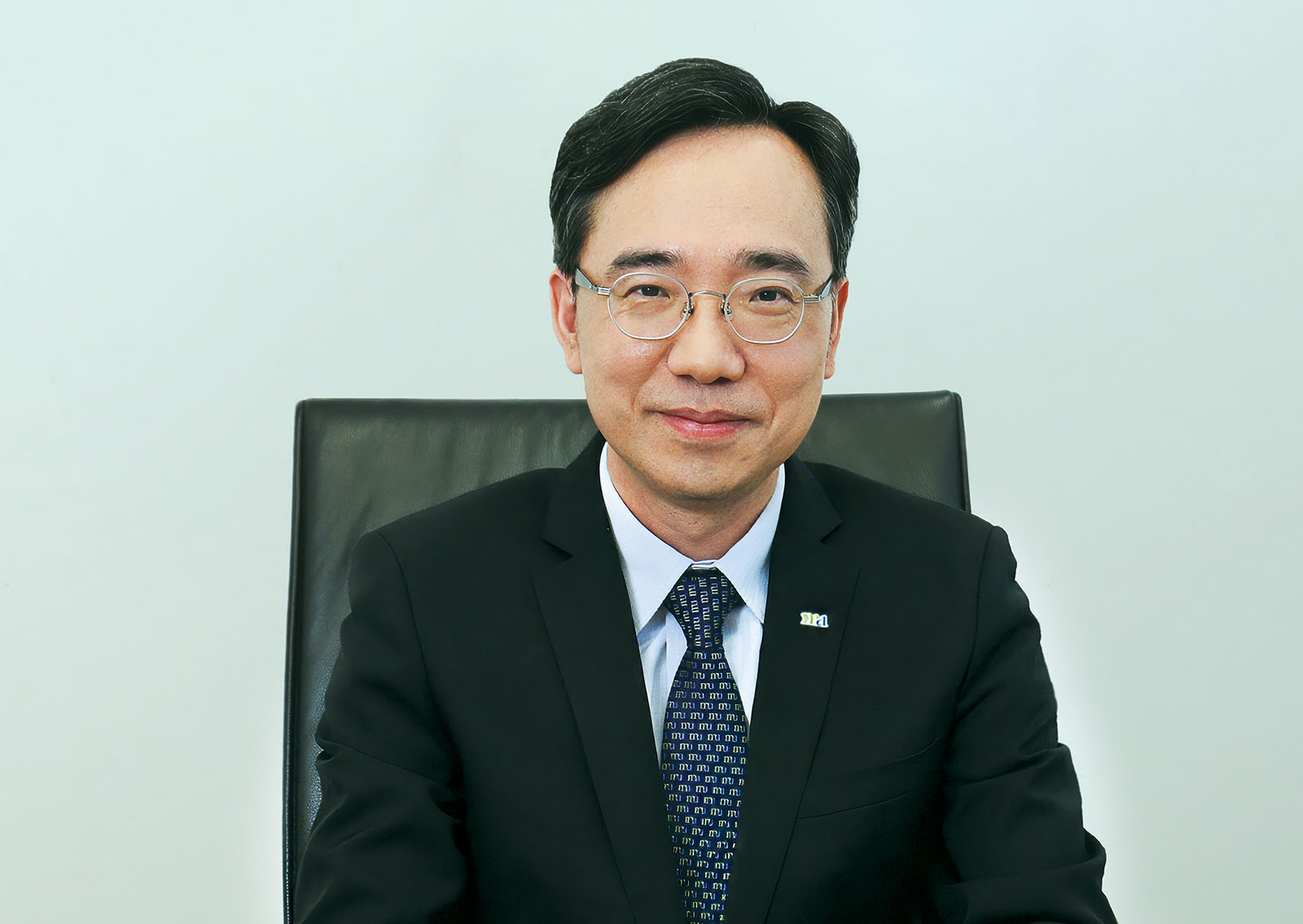
Just last month, while posted in LiPACE, visiting fellow Dr Kristof Fenyvesi, a senior researcher from the University of Jyväskylä in Finland, spoke at a symposium on STEAM (science, technology, engineering, art, and mathematics) in early childhood education at SZIIT, alongside Zsolt Lavicza, professor of STEM Education Research Methods of Johannes Kepler University Linz in Austria.
Also in June, Jane Mufamadi, CEO of Freedom Park, a memorial and knowledge center in South Africa, delivered a lecture as part of the South Africa Week held in LiPACE in collaboration with the Consulate General of South Africa in Hong Kong. The second cohort of students from the collaborative program, currently studying in SZIIT and due to come to Hong Kong in September, were invited to join the talk online.
Cooperation between the education sectors of the two places is an ongoing process. In addition to SZIIT, HKMU LiPACE is expanding its network to include more institutions in the GBA as well as other mainland provinces, with the goal of launching more cooperation initiatives to foster vibrant relations between higher vocational institutions in the mainland and Hong Kong.


